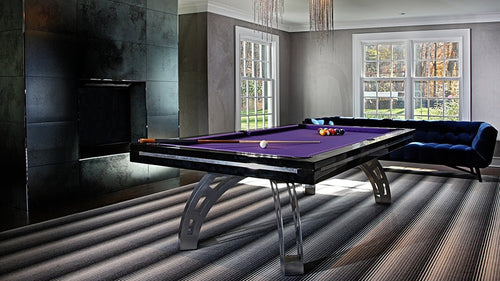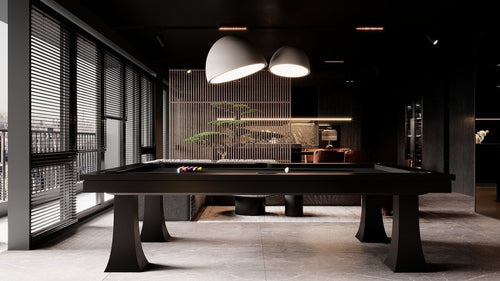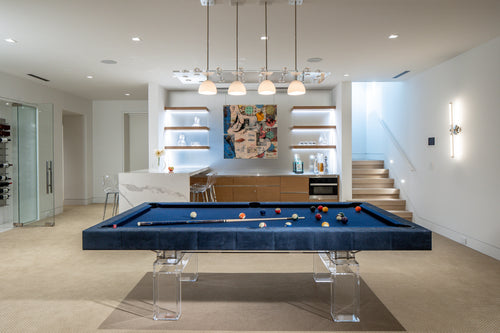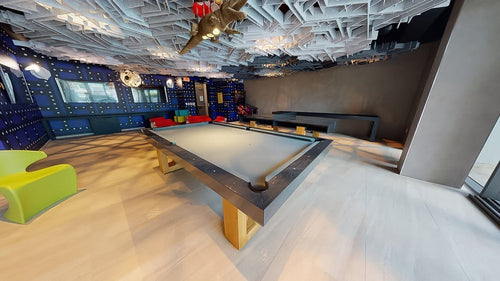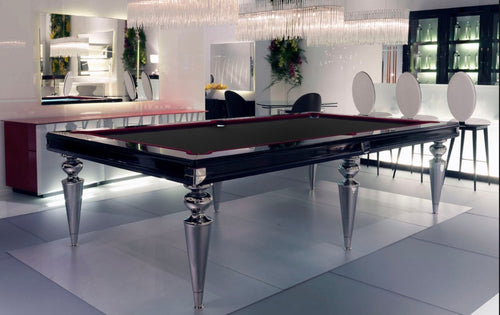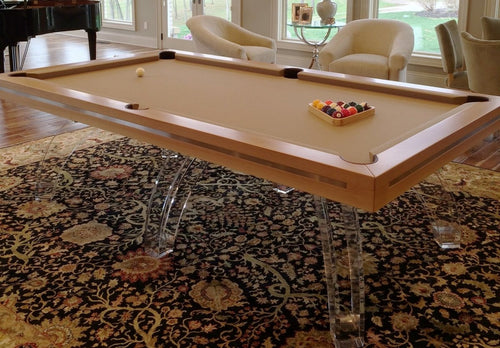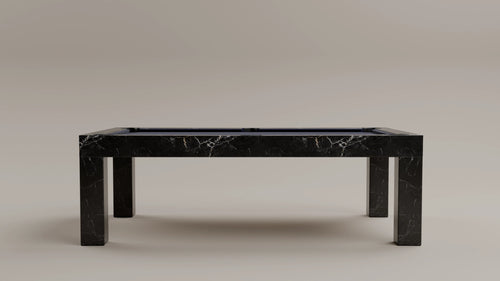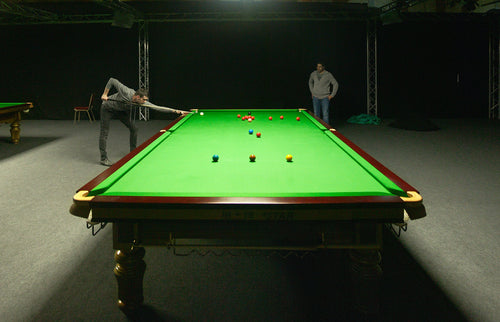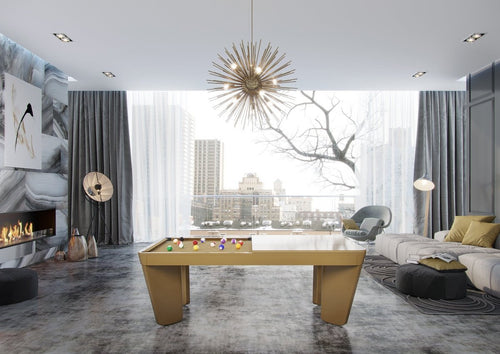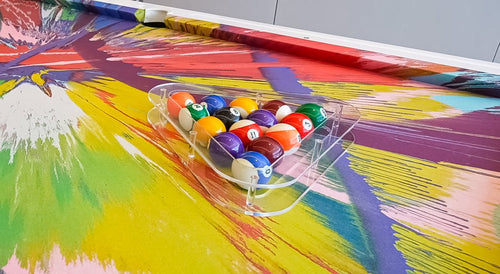Enjoy our modern designs
Estimated Read Time: 5 mins |
Interior design is often seen as a balance of creativity and technical skill—but equally important is the art of communication. Designers must discuss project goals, negotiate with contractors, and present design schemes to clients, all while maintaining clear, concise, and consistent communication. The ability to convey ideas, coordinate tasks, and keep everyone in the loop can mean the difference between a seamless project and one beset by misaligned expectations.
Building Client Relationships
- Understanding Needs: Initial interviews and programming sessions clarify objectives, functional requirements, and aesthetic preferences.
- Presenting Concepts: Floor plans, sample boards, and 3D renderings help clients visualize the space, encouraging feedback and refinement.
- Managing Expectations: Regular updates—via emails, texts, or check-ins—keep clients informed of progress and potential challenges.
- Explaining Value: Designers articulate benefits in areas like codes, ergonomics, and sustainability, building client confidence.
Coordinating Project Management
- Collaboration and Respect: A shared language fosters smooth teamwork among architects, engineers, contractors, and suppliers.
- Document Prep and Control: Well-structured communications ensure clarity in contracts, bid requests, and other documents.
- Contract Administration: Concise updates during construction or installations help prevent errors and disputes.
- Deliverables: Accurate drawings, sketches, and presentations make design intentions clear to every stakeholder.
Professional Conduct and Ethics
- Transparency: Honest interactions with clients, vendors, and colleagues preserve integrity and credibility.
- Agency Relationship: Clear communication about decisions, budgets, and timelines reduces misunderstandings.
Business and Marketing
- Marketing & Promotion: Brochures, portfolios, and websites share a firm's vision and past successes.
- Online Presence: Social media, blog articles, and email campaigns rely on engaging, clear copy to attract clients.
- Presentations & RFP Responses: Concise and persuasive presentations secure new projects and build credibility.
Reducing Legal Risks
- Clear Agreements: Defined scopes, fee structures, and timelines preempt potential legal disputes.
- Consistent Documentation: Keeping detailed records reinforces accountability and traceability in design decisions.
Communication as Cornerstone
Interior design is a multidisciplinary field that relies on consistent, purposeful interaction. Whether guiding clients through complex decisions, coordinating various trades, or promoting a firm’s identity, effective communication is the lifeblood of the profession. By honing verbal, written, and visual skills, designers elevate project outcomes and ensure smooth execution from concept to completion.
Investing in robust communication strategies isn’t optional—it’s fundamental to achieving interior design excellence.



